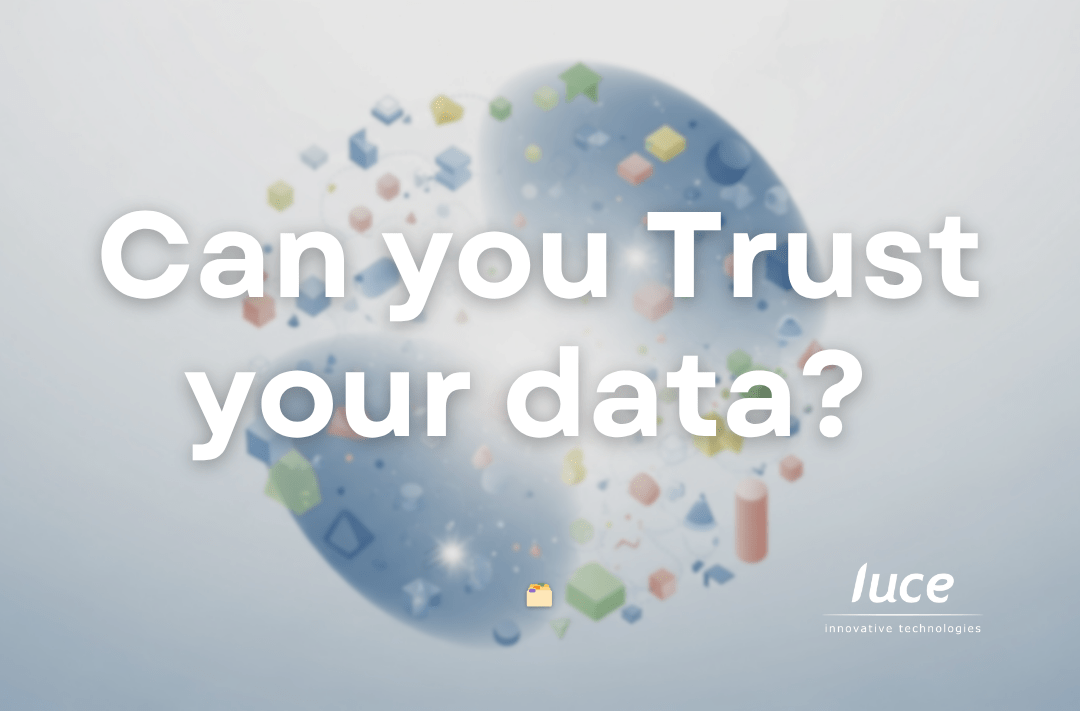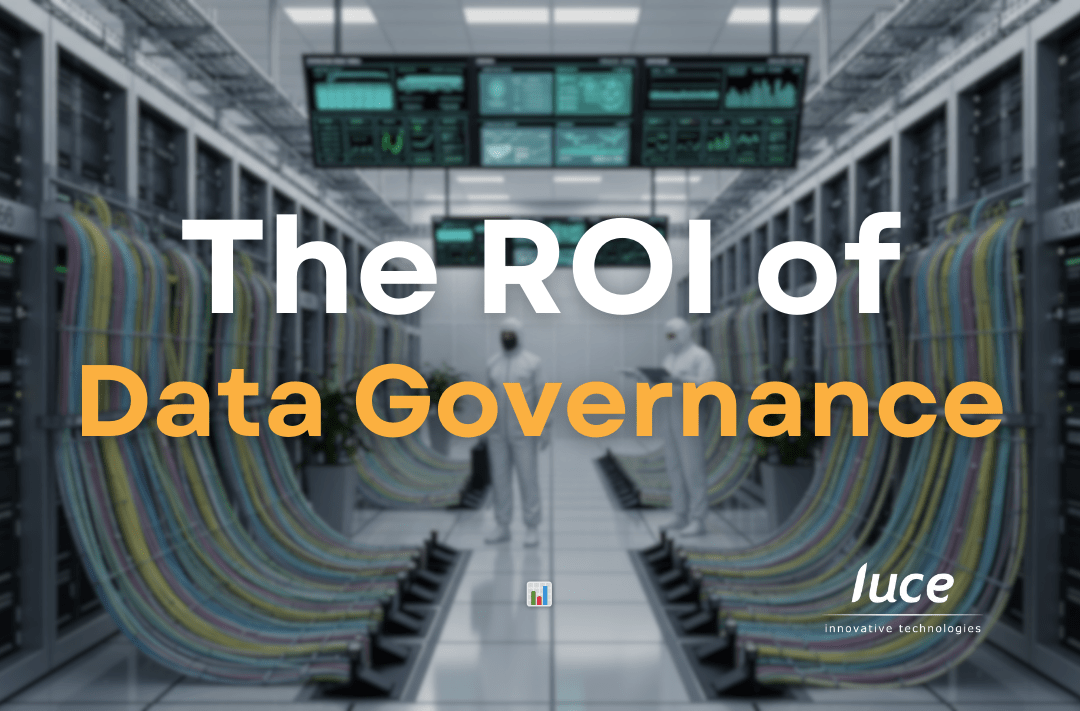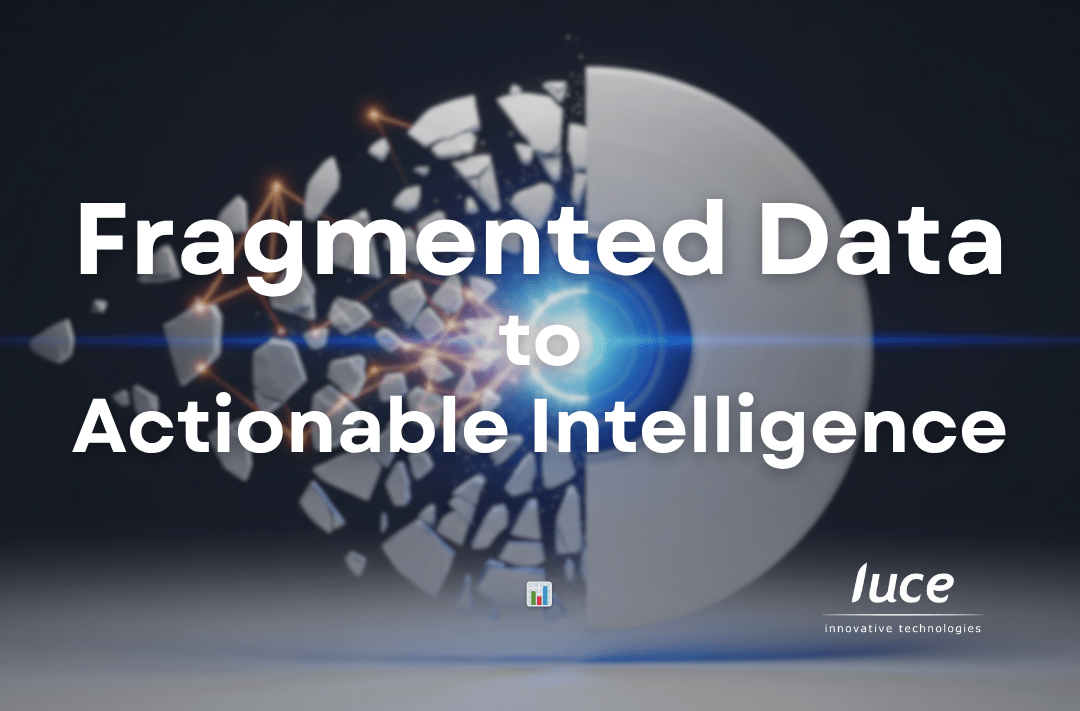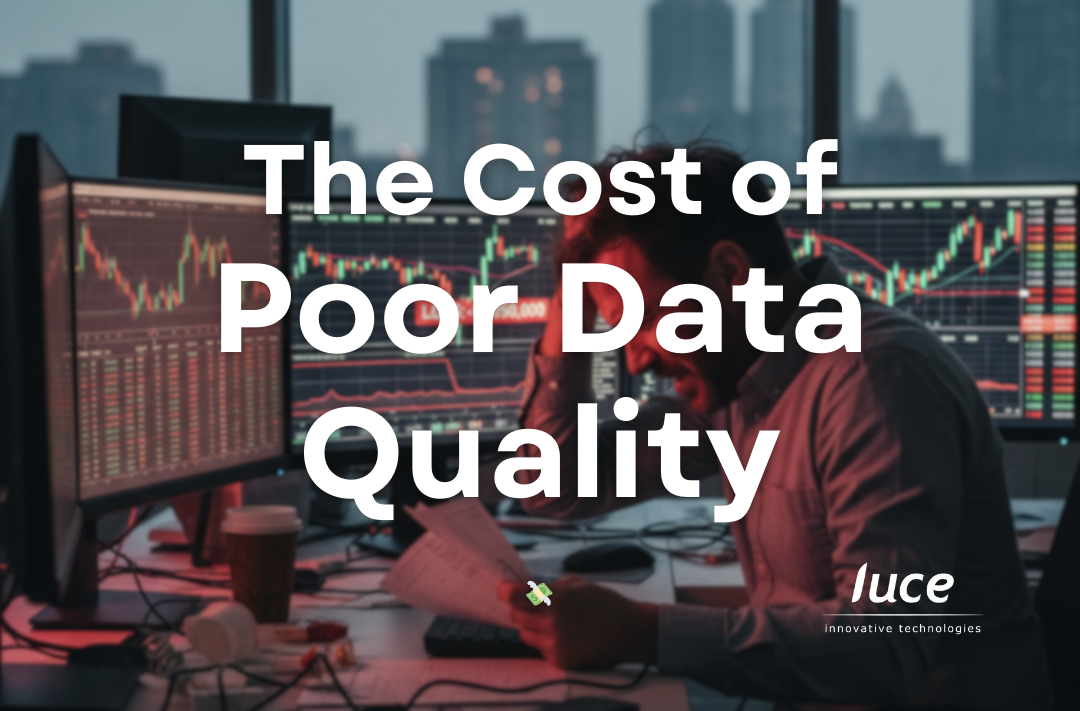
Data Observability, the new era of Monitoring
In the IT world, one of the worst nightmares is the midnight call: “The system is down!” It’s an obvious, loud problem that demands an immediate reaction. However, in the age of Big Data and Artificial Intelligence, a much more dangerous and silent nightmare has emerged: “The data is wrong.”
Unlike a crashed server, bad data doesn’t trigger an alarm. It can flow silently through complex systems, corrupting dashboards, poorly training AI models, and leading to strategic decisions based on false information. By the time someone finally asks, “doesn’t this number look weird?”, the damage is already done.
In modern architectures—distributed, microservices-based, and cloud-connected—simple monitoring is no longer enough. We need to move from just knowing what broke, to understanding why and where. This is observability.
From Monitoring to Observability: What has changed?
For decades, we have relied on monitoring. Monitoring is, in essence, a binary alert system. It tells us if something is “up” or “down,” if the CPU is at 90%, or if disk space is running out. It is fundamental, but it is reactive. It’s the equivalent of a car’s “check engine” light.
Observability, on the other hand, is the ability to understand the internal state of a complex system by analyzing the outputs it generates. It doesn’t just tell you that the engine light came on; it allows you to connect data from the oxygen sensor, fuel pressure, and ignition timing to diagnose why it came on.
Observability is based on three fundamental pillars of telemetry:
- Metrics: The “what.” These are numerical values measured over time. (e.g., “API Latency,” “Sales per minute”).
- Logs: The “why.” These are immutable, time-stamped records of events. (e.g., “Error: Database connection refused”).
- Traces: The “where.” They show the complete journey of a request (a “trace”) as it moves through multiple microservices and components. (e.g., “User A’s login took 1.5s, of which 1.2s were spent waiting for the authentication service”).
Monitoring tells you that a system is slow. Observability tells you it’s slow because a specific service is failing, and the logs for that service tell you it’s because a database query is poorly optimized.
Data in the dark: the risks of not detecting problems
The real paradigm shift occurs when we apply this concept to data. A failure in an application is obvious; the application stops working. But a failure in a data pipeline is silent.
If your data ingestion process (ETL) fails on a Tuesday night and imports only half of the sales, or if a change in an external API introduces corrupt data into your system, your platform will continue to “work.” Dashboards will load, reports will be generated. They will just all be wrong.
The costs of this “zero visibility” are astronomical. According to recent studies, 80% of executives do not fully trust their organization’s data. Furthermore, 82% of companies admit that data quality problems are a direct barrier to their integration and AI projects.
A sadly famous case study is that of Unity Software. The company discovered it had been consuming bad data to train its advertising models, which led to a disaster in its predictions and an estimated revenue loss of 110 million dollars. The problem was not a crashed system; it was the lack of observability into the data feeding it.
How to implement observability
Implementing observability requires a deliberate approach for both IT systems and data flows.
For Data Observability: This is a newer but equally critical field. It requires solutions that continuously monitor data pipelines. These tools watch:
- Freshness: Is the data up to date?
- Volume: Did we receive the expected amount of data?
- Quality: Is the data within expected ranges? Are there unexpected null values?
- Schema: Did the data structure change without warning?
- Lineage: Where did this data come from, and what reports or models depend on it?
For IT Systems: This involves deploying APM (Application Performance Monitoring) tools, centralizing log management (to be able to correlate them), and standardizing the collection of metrics and traces. Standards like OpenTelemetry are becoming crucial to ensure that all components, regardless of language or provider, speak the same telemetry language.
Just as an APM alerts about an increase in web latency, a data observability platform alerts the DataOps team about a drop in quality or volume, allowing them to locate and fix the problem long before the CEO sees an incorrect number in a report.
At Luce IT, we understand that observability is not an add-on, but a design principle. In a business environment that relies on data-driven decisions, trust is everything.
That is why we integrate observability into our infrastructure deployments, automating monitoring and alerts from day one, and into information management, guaranteeing its reliability with quality and lineage controls.
For an organization, adopting this strategy transforms daily operations. The most immediate benefit is the shift from a reactive to a proactive mode: instead of learning about problems from end-users, the team receives smart alerts about anomalies and corrects the root cause before it impacts the business. This translates directly into greater reliability, SLA compliance, and, above all, greater organizational confidence in its systems.
If you want to stop reacting to problems and start anticipating them, get in touch with us.
FAQ
What is observability in IT and how does it differ from monitoring?
Traditional monitoring tells you what is failing (e.g., “the server is down” or “CPU is at 90%”). It is reactive. Observability, on the other hand, allows you to understand why it is failing. It uses three pillars (metrics, logs, and traces) to offer a deep view of a system’s internal state, allowing for a complete diagnosis of the root cause instead of just receiving an alert.
Why is data observability so important?
Unlike a system that crashes (an obvious error), incorrect data is a silent problem. It can flow through systems, corrupting reports and poorly training AI models without being detected, leading to bad business decisions. Data observability continuously monitors the quality, freshness, volume, and lineage of data pipelines to detect these anomalies in time.
What is the main benefit of implementing an observability strategy?
The key benefit is shifting from a reactive working model to a proactive one. Instead of waiting for a user to report a problem, observability allows the IT team to detect anomalies (like unusual latency or a drop in data quality) and correct the root cause before it significantly impacts the business. This generates greater reliability and, above all, more trust in the systems.
What are the three pillars of observability?
The three fundamental pillars are: Metrics (the “what,” numerical values like latency or sales per minute), Logs (the “why,” event records that explain an occurrence, like a connection error), and Traces (the “where,” which shows the complete path of a request through the different microservices of the system).
What exactly does data observability check?
Data observability monitors the health of data pipelines. Specifically, it watches Freshness (if the data is up to date), Volume (if the expected amount of data was received), Quality (if there are null or out-of-range values), and Lineage (where the data comes from and what reports or models depend on it).
What tools are used to implement IT observability?
For IT systems observability, APM (Application Performance Monitoring) tools, centralized log management systems (to be able to correlate them), and telemetry standards like OpenTelemetry are typically implemented, which helps to collect metrics and traces in a unified way in complex architectures.
Luce IT, your trusted technology innovation company
The Luce story is one of challenge and non-conformity, always solving value challenges using technology and data to accelerate digital transformation in society through our clients.
We have a unique way of doing consulting and projects within a collegial environment creating “Flow” between learning, innovation and proactive project execution.
At Luce we will be the best by offering multidisciplinary technological knowledge, through our chapters , generating value in each iteration with our clients, delivering quality and offering capacity and scalability so they can grow with us.
>> The voice of our customers – Rated 9 in 2024
>> Master Plan 2025: Winning the game



